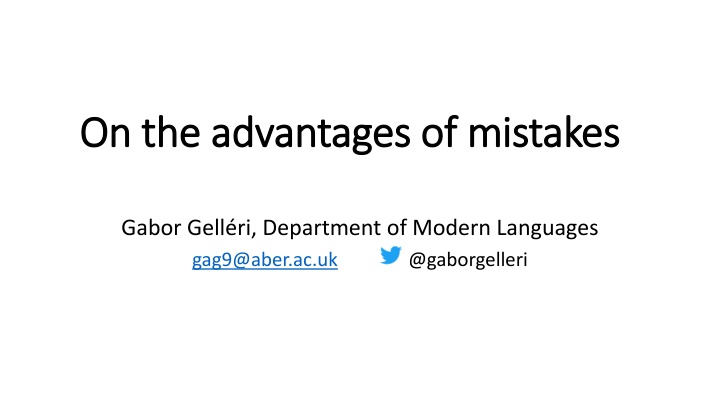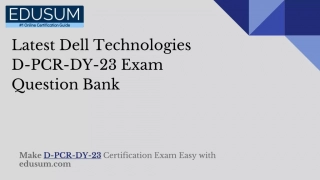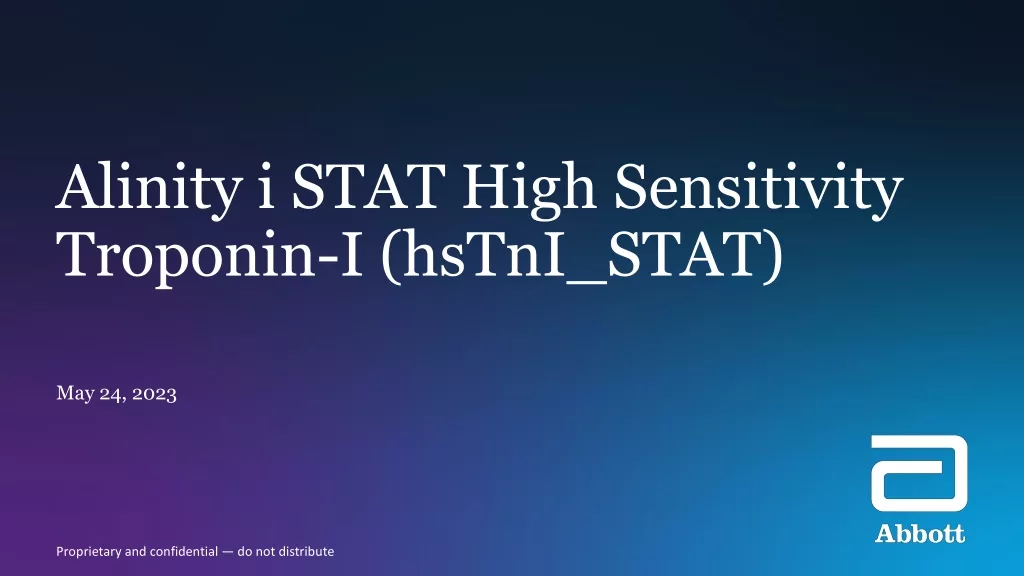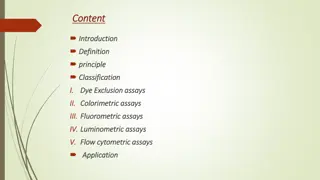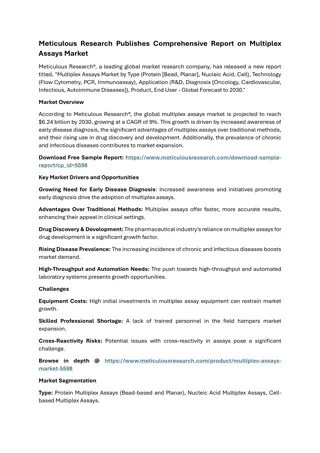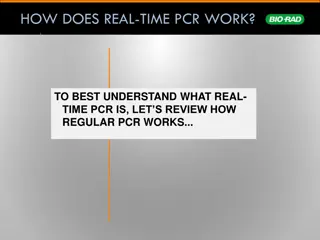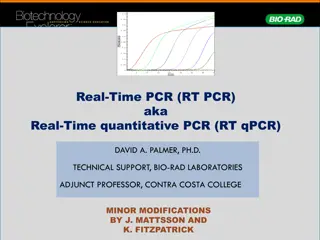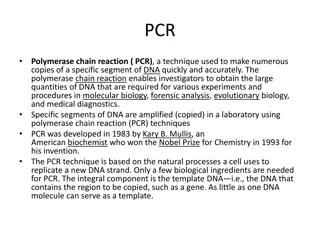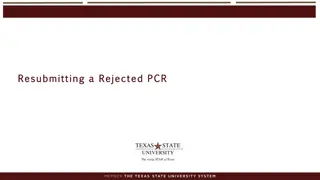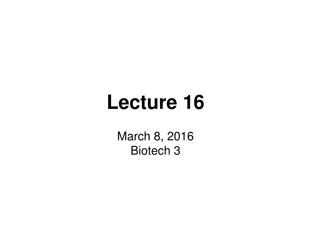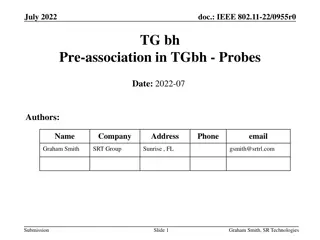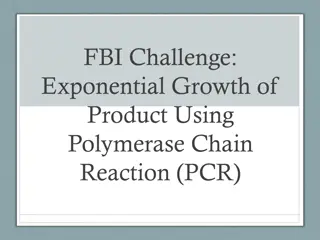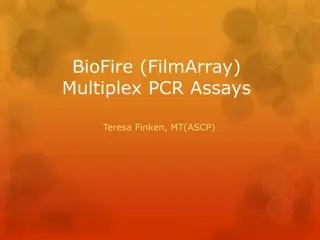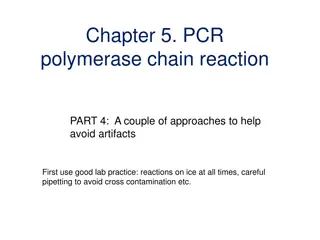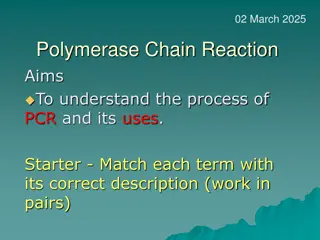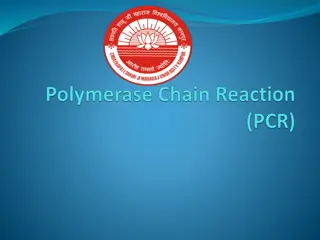Real-Time PCR: Probes and Assays
Real-time PCR, or qPCR, utilizes probes binding to target regions for fluorescence detection during PCR, with TaqMan and SYBR Green assays commonly used. Learn about probe types, working principles, advantages, and terminology in this advanced molecular biology technique.
Download Presentation

Please find below an Image/Link to download the presentation.
The content on the website is provided AS IS for your information and personal use only. It may not be sold, licensed, or shared on other websites without obtaining consent from the author.If you encounter any issues during the download, it is possible that the publisher has removed the file from their server.
You are allowed to download the files provided on this website for personal or commercial use, subject to the condition that they are used lawfully. All files are the property of their respective owners.
The content on the website is provided AS IS for your information and personal use only. It may not be sold, licensed, or shared on other websites without obtaining consent from the author.
E N D
Presentation Transcript
On the advantages of mistakes On the advantages of mistakes Gabor Gell ri, Department of Modern Languages gag9@aber.ac.uk @gaborgelleri
Context Final-year language students Many of them consider career in education Spent year abroad, speaking usually way ahead of writing Limited grammatical awareness (partly heritage of pre-university studies) Long written pieces at the final exam, content-grammar 50-50% Regularly losing many percentages on grammatical precision Serious time-management issues Advice: reading one s own text as foreign text Need for targeted exercise
Learning through errors Regular method: taking errors from answers to an exercise Problems: Students negatively affected when their errors are pinpointed Attempt to address this: positive examples as well Lesser engagement when it s somebody else s error Errors occur randomly Isolated errors: some grammar issues occur only in continuous text (ie past continuous vs perfect) Regular method requires a text that pre-dates the day of exercise by over a week Does not address time management issue
Creating a targeted exercise Repeated exercise at the beginning of class (at least bi-weekly) A foreign text , created or fabricated by instructor Short text (ca 300-400 words) Time pressure: 5-7 minutes Targeted errors: can cover recently discussed points of grammar, but never exclusively Can target regularly occurring types of error, such as non- audible differences ( - e- s- es-er-et-ez) Error analysis: possible in class (in depth or quick) or via BlackBoard Text can also have a content, other pedagogical goals
Answers and questions Popularity and usefulness confirmed by student reviews Appreciated because prepares for Exam situation Teacher s training and career Other real-life uses Method still evolving Is it preferable to give total number of errors? Where does it get boring ? Competitive aspect: positive?
Technological enhancement Inspired by talks during AUTEL2016 Tablet-based (as demonstrated by Yuan) allows to hand it over Possible disadvantage: slows it down? Video of correction practice? (as suggested by Hannah) Possibility of seeing hand/pen movement (suggest non-linear reading)
